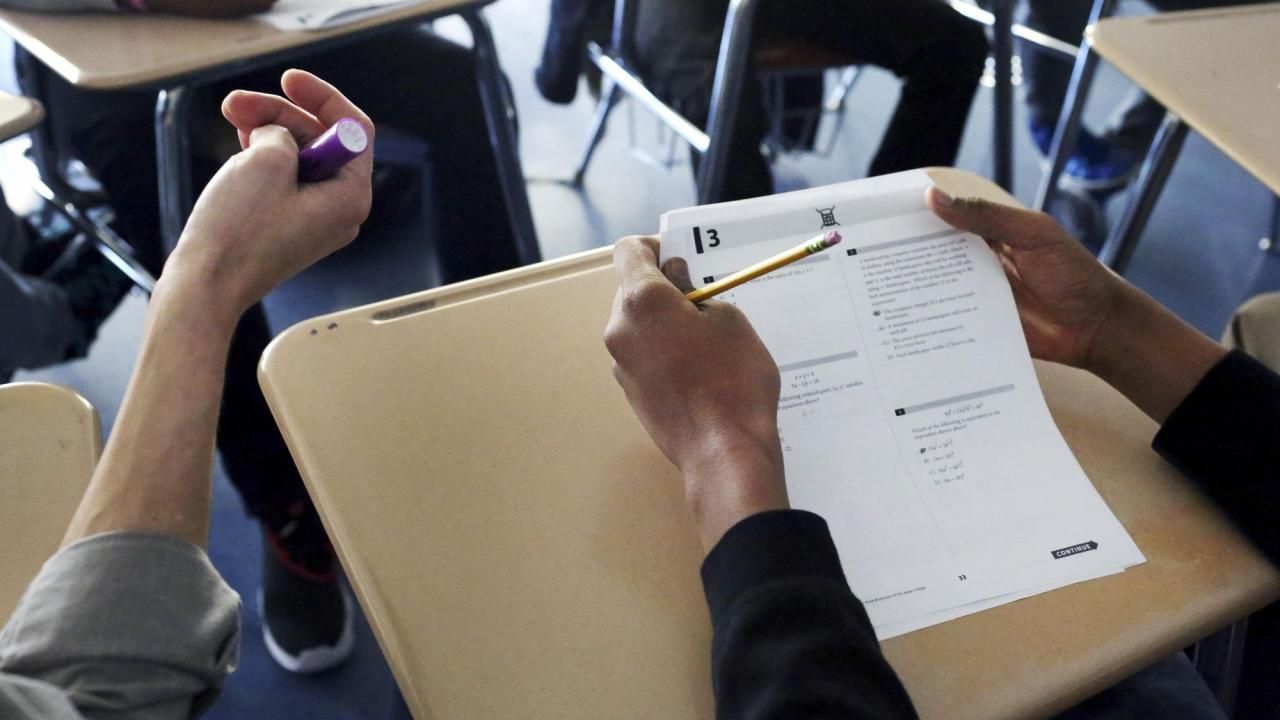Got a high school sophomore? Learn more about the Pre-ACT and PSAT

Although most experts recommend junior year as the time to get serious about the SAT and ACT, sophomore year presents great opportunities for practice. Both the SAT and ACT organizations offer introductory or preliminary versions of these exams to help students get acquainted with the process.
These are the PSAT and Pre-ACT. In North Carolina, both of these exams are given in the fall. In fact, the Pre-ACT is administered during the school day to all sophomores attending North Carolina public schools at no cost to parents. The PSAT is optional and requires a small fee.
What to expect on the Pre-ACT and PSAT
Like the ACT, the Pre-ACT tests students in math, English, reading and science. It will include the essay portion, which is actually optional on the ACT itself. The test is scored on a 35-point scale, compared with the ACT’s 36-point scale. The test runs about 1 hour and 55 minutes, compared to close to 3 hours for the ACT. It’s designed for the readiness level of sophomores, whereas the ACT covers topics—particularly in math—geared toward juniors and seniors. The makers of the ACT say that scores on the Pre-ACT provide a general idea of how students would perform on the ACT if taken in their junior year.
Likewise, the PSAT—which stands for Preliminary or Practice SAT—is a shortened, slightly less difficult version of the SAT. It lasts for two hours and 45 minutes. It tests students in critical reading, grammar and English conventions, and math. (The essay, which is optional with the SAT, isn’t included with the PSAT). The PSAT is taken by sophomores as a way to predict future SAT scores and is graded on a similar scale—760 points maximum vs. the 800-point scale for both sections used by the SAT. The PSAT is also taken by juniors with the potential to score in the top 1% nationwide, thereby qualifying them to compete for a prestigious National Merit Scholarship.
Preparing for these “preliminary” tests
Both the College Board, which administers the PSAT and SAT, and the ACT organization say that sophomores don’t need to study for these exams. But they should be prepared both physically and mentally to sit for a long standardized test that’s professionally proctored. Rather than stress about it, they should treat the Pre-ACT and SAT experience as an opportunity to gauge their readiness for the rigors of test prep to come. Once the results come in, it’s a good idea to keep hard copies of the reports in a “college” folder or bookmark both the ACT and SAT websites. Students will be able to create their own accounts to access scores and other information. Early next year, you can use these scores to help your child determine which test to focus on.
All Wake County Public School System sophomores take the Pre-ACT free-of-charge at school. Students who want to take the PSAT need to register. Check your child’s school calendar for PSAT registration information and mark your calendars for the test dates in October or November.
Suzanne Wood is assistant director at Raleigh Tutoring and specializes in helping students master the English, reading and writing sections of the ACT and SAT.









